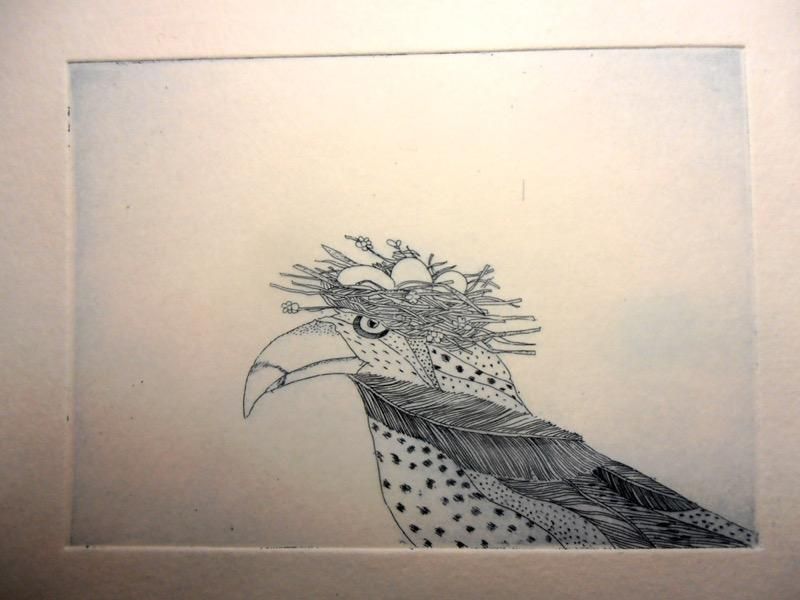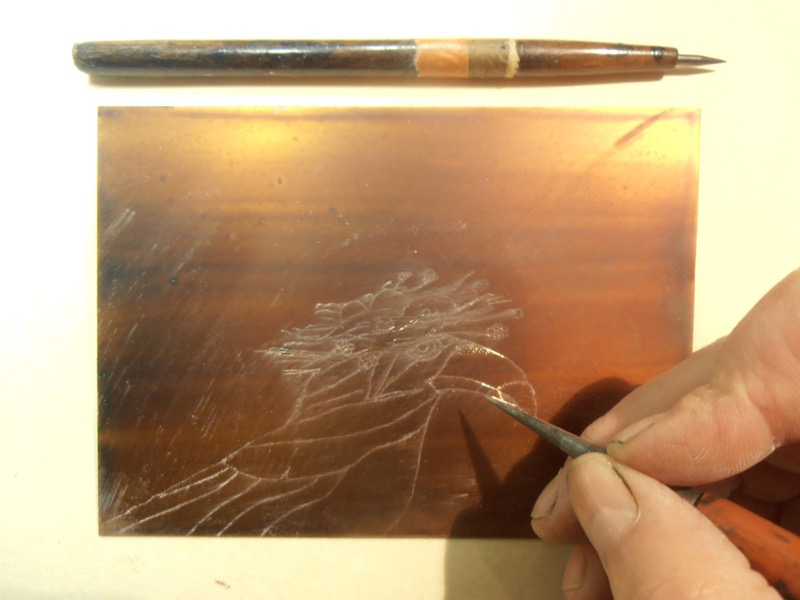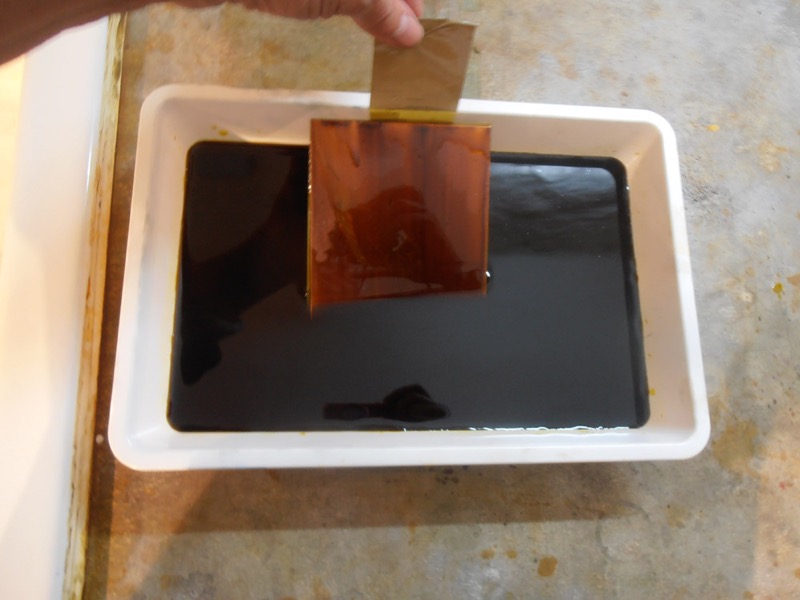
Estimated time: 3 hours
Level: Beginner
Artist: Charlotte Reine
Etching makes it possible to create a line engraving based on an original drawing that is faithful to the model. Whether it is a personal creation or inspired by an existing image, be daring and make your first foray into the world of engraving, you will be surprised by the results!
Material
A 6 to 10 cm copper plate, liquid engraving varnish, a drypoint, one sheet of Canson® tissue paper, blanc de Meudon, white spirit, methylated spirit, intaglio ink, a flat brush, 1 metre of tarlatan, a cotton cloth, packaging tape, a pair of scissors and a ballpoint pen.
Paper:
Papier Canson® Edition 250 or 320 gsm
Accessories:
A small copperplate press. A plastic tray for the ferric acid








